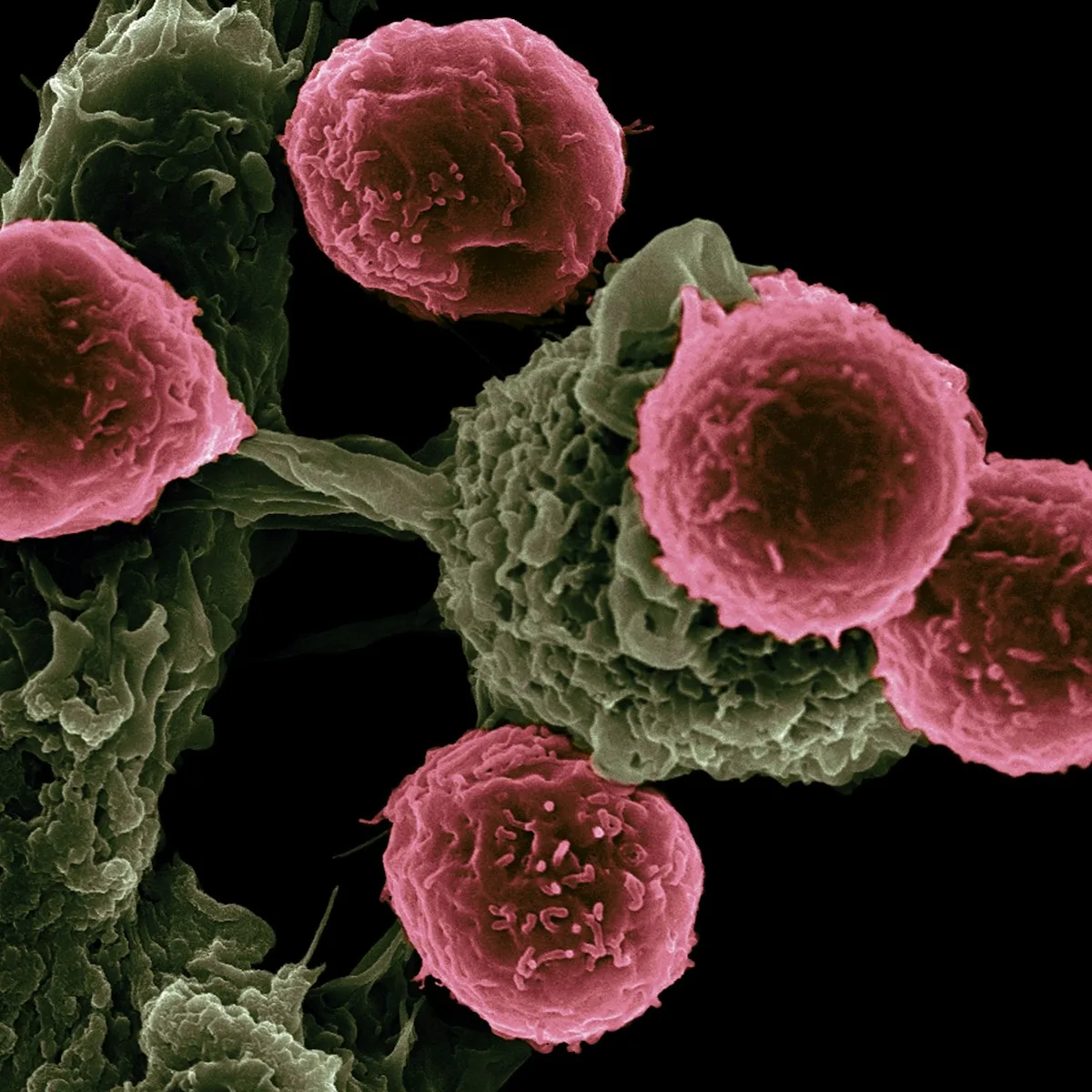
Table of Contents
Blood clots are often a positive thing. To help stop bleeding after an injury, your blood must pool and clot at the site of the injury. However, clots can occasionally develop when they’re not needed, which can be dangerous, especially if they form in deep veins near your muscles.
“Blood clots that form in this deep system can be very dangerous and painful,” says New York City-based physician Luis Navarro, MD of deep Vein Treatment Center, or DVT, the term for this type of clot. They act as blockages in your blood vessels, blocking blood flow and preventing your system from working properly.
A DVT is more dangerous if it escapes from its original location and enters your lungs. Then, it develops into a pulmonary embolism, a clot that prevents these vital organs from receiving the blood and oxygen they need. It can be fatal and can damage your lungs along with other organs.
Because some people are more likely to develop DVT than others, it’s important to monitor any risk factors. Moreover, Dr. According to Navarro, “It’s important to recognize the symptoms of a blood clot because they can often be subtle or overlooked” and it’s important to get treatment as soon as possible.
To ensure prompt action in the event of blood clots, be aware of the warning signs listed below.
Swelling in one limb

One of the most characteristic symptoms of DVT is swelling of the arms or legs. Dr. According to Navarro, “Blood clots can block healthy blood flow to the legs, and blood can pool behind the clot and cause swelling.”
If your legs are constantly enlarged or stiff or immobile when you travel, it is common to ignore leg swelling as a sign of deep vein thrombosis (DVT). However, if your leg suddenly swells, especially if it also hurts, you should be careful.
Leg or arm pain

DVT discomfort often occurs in conjunction with other symptoms, such as redness or swelling, although it can sometimes occur on its own.
Dr. “Unfortunately, pain caused by a blood clot can easily be mistaken for a muscle strain or cramp, making this problem undiagnosed and especially dangerous,” Navarro said.
Walking or bending your legs upward are common triggers for DVT discomfort. See your doctor if you have a charley horse that you can’t get rid of, especially if the skin around it is warm or discolored.
Redness on your skin

Although a bruise is a form of blood clot, it’s not the kind you should worry about. DVT may not be visible. Although bruising is visible, redness is more likely to appear. DVT can cause your arm or leg to feel hot to the touch and cause redness in the affected limb.
Related: Why Do I Bruise So Easily?
Chest pain

Chest pain can feel like a heart attack, but it could be a pulmonary embolism instead. Dr. According to Navarro, “PE and heart attack share similar symptoms.” On the other hand, PE pain is usually sharp and stabbing, and gets worse when you take a deep breath.
Heart attack discomfort often occurs in the upper body, such as the jaw, neck, or shoulders. The most important indicator is how you breathe; Every breath you take increases the pain associated with PE. In any case, you need immediate help; Dial 911.
Shortness of breath

Blood clots in your lungs reduce your flow of oxygen, which can make you feel tired. It is normal for you to not have the energy or breath to climb the stairs. George P. “You feel terrible,” says Teitelbaum, M.D., interventional neuroradiologist and director of the Stroke and Aneurysm Center at Providence St. John’s Health Center in Santa Monica, California. Get help immediately, especially if it develops suddenly.
Unexplained cough

Unable to quit hacking? If you experience chest discomfort, a fast heartbeat, or shortness of breath, it could be PE. Dr. According to Navarro, “The cough will be dry, but occasionally people will cough up mucus and/or blood.” If in doubt, call your doctor or go to the emergency room immediately.
A racing heart

Your heart rate increases to compensate for the lack of oxygen in the blood. Dr. According to Teitelbaum, pounding in your chest and difficulty breathing deeply may be your body’s way of alerting you to the possibility of PE hiding in your lungs.
Lewis Nelson, M.D., chairman of the department of emergency medicine at Rutgers New Jersey Medical School, says that fear of shortness of breath and chest discomfort can cause an increased heart rate in cases with small blood clots. In addition, substances are released from the lung tissue, which increases the heart rate.
A large clot can reduce oxygen in the blood and even changes in blood flow that lead to a compensatory rise in heart rate,” Dr. Nelson says.
Feeling faint

Dr. According to Nelson, “chemicals released from the lungs, changes in blood oxygenation, blood pressure, and heart rate all contribute to lightheadedness.” “Changes in blood flow and oxygen levels can affect the brain.”
Although this is not the most frequent symptom of a blood clot, it does occur occasionally. In a study of 560 elderly patients, pulmonary embolism was shown to be the cause of almost 17% of hospital admissions. The findings are published in the New England Journal of Medicine.
READ | 6 Pre-Blood Test Recommendations From Your Doctor


2 thoughts on “Doctors identify 8 blood clot symptoms you should never ignore”